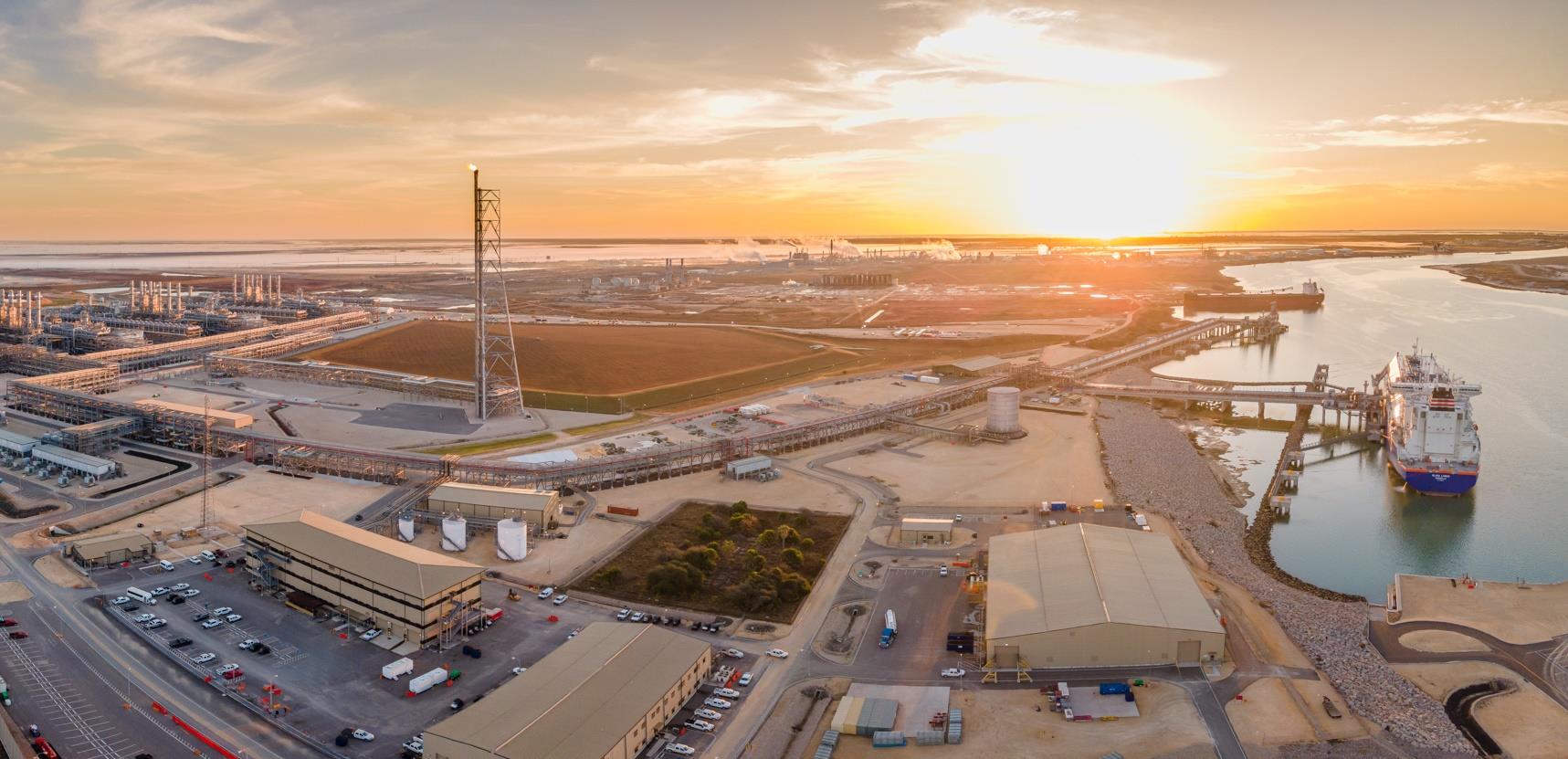US LNG exporting giant Cheniere, the operator of the Sabine Pass and Corpus Christi liquefaction terminals, is expecting its LNG production to rise to 45 million tonnes in 2023 despite planned maintenance.
Cheniere’s Sabine Pass plant in Louisiana currently has a capacity of about 30 mtpa following the launch of the sixth train in February this year, while the three-train Corpus Christi plant in Texas can produce about 15 mtpa of LNG.
The Corpus Christi plant is also currently undergoing an expansion to add about 10 mpta of capacity.
Cheniere also revealed plans to increase the company’s liquefaction capacity to about 90 mtpa as part of its “20/20 Vision” long-term capital allocation plan.
Production and maintenance
Cheniere’s CEO Jack Fusco told analysts during the company’s third-quarter results call on Thursday that the company is planning maintenance shutdown for the Sabine Pass plant next year and that this would take place “in the shoulder months where LNG prices typically are lowest.”
“It’s a six-year cycle at Sabine. So it’s an unusual year for us where we have two trains coming down basically at the same time to do maintenance on them,” he said.
The company’s finance chief Zach Davis said that Cheniere expects the company’s production to rise slightly year-on-year mainly due to the sixth train at the Sabine Pass facility.
“We had about 11 months of production hitting P&L this year with a little ramp-up in the first quarter. We have a full year of Train 6 for 2023. But that will be offset a bit by this major maintenance that is definitively planned for next year,” he said.
“So basically, I would say we are probably rounding down to 44 million tonnes this year, and we will be right around 45 million tonnes where the rest of the 7 trains are not — that won’t have the maintenance, we’ll pick up the slack to an extent,” Davis said.
Cheniere previously said that about 70 percent of the company’s produced cargoes landed in Europe this year as European countries look to slash reliance on Russian pipeline gas.
World’s second-largest LNG carrier charterer
Discussing the LNG shipping markets, where rates reached record highs in the Atlantic basin, Cheniere’s CCO Anatol Feygin said that Cheniere operates a long-term business that has long-term commitments and “lots of flexibility within that.”
“We learned our lessons really before we started in the market and are not in a position to risk being short-shipping. So we’re well protected. Our delivered contracts and our producer contracts have a lot of optionality embedded in them that are paid for by our customers, and we take advantage of that,” he said.
Davis said that “at this point, we’re basically the second largest charter of ships in the world.”
“And we’ve been proactive on this as we sign up the IPM deals. We’re typically almost simultaneously locking in long-term charters,” he said.
“So going into this winter, even going into this year, we’ve had a large portfolio that’s well under $100,000 a day when prices have been doubled, tripled, sometimes quadrupled or more,” Davis said.
“So that’s been part of the tailwinds to Ebitda this year and even part of how we got to the upper end of the guidance range at this point in just the last month is some of the subchartering that we’ve been able to do as we haven’t used all our ships to get to Asia, but are directing them towards Europe,” he said.

